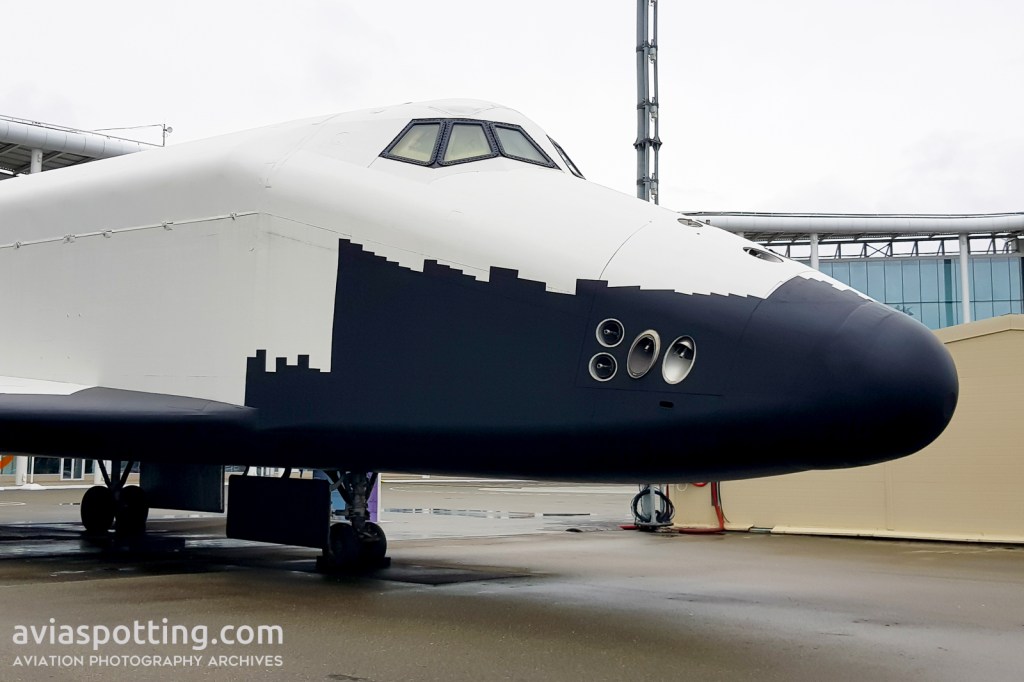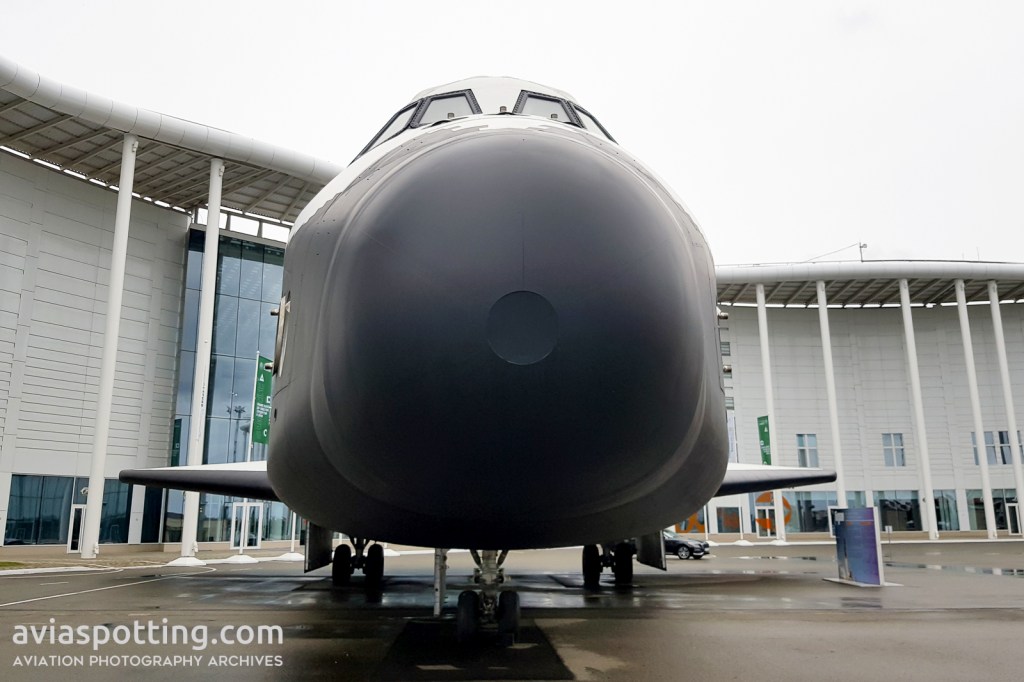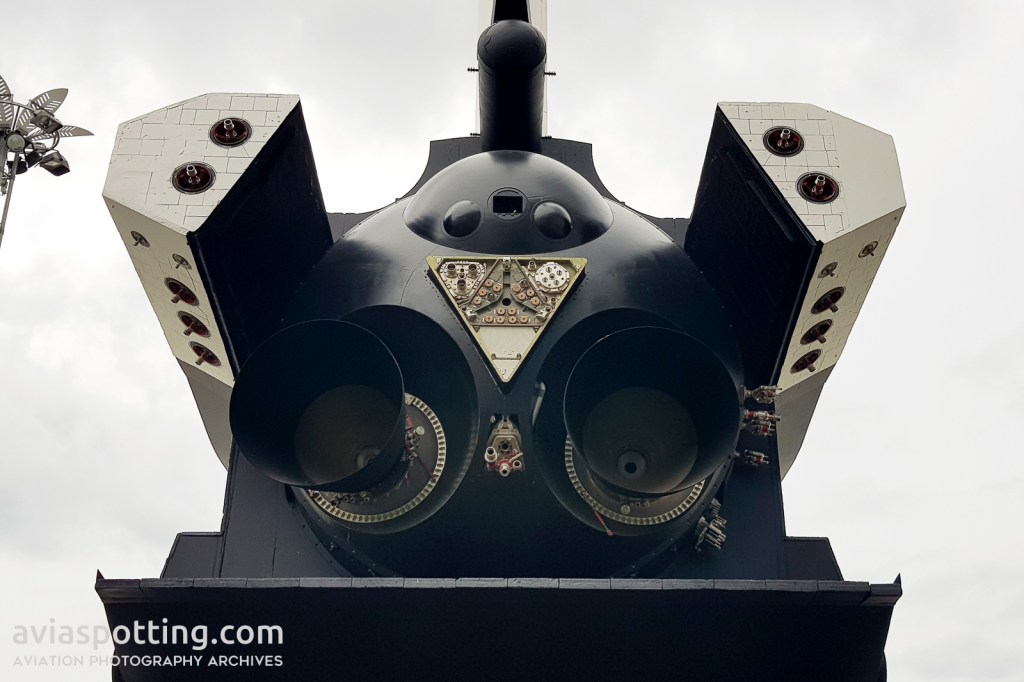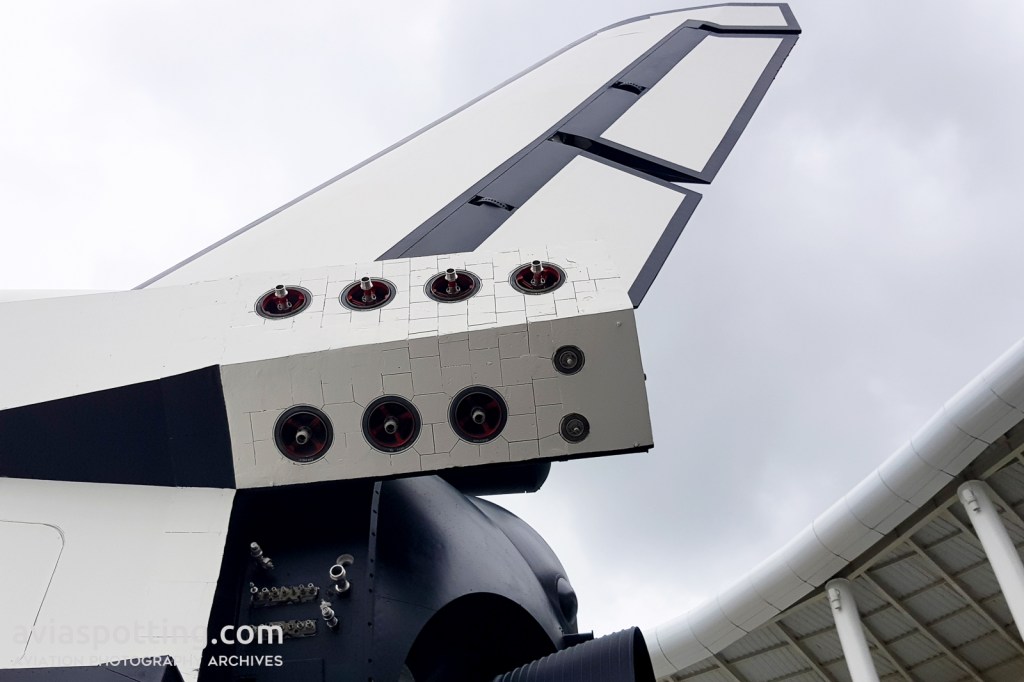SPOTTING REPORT
Sochi, Russian seaside resort on Black Sea, capital of 2014 Winter Olympics, is becoming famous also as one of the Russian High-Tec focus cities. Science Park and Education Center Sirius located on former Olympic grounds is the pinnacle of Sochi’s sci-tech ambitions. Here in Sirius one of its hot points is the exhibition on space research and exploration. The major exhibit of this exhibition is Buran space shuttle. Currently the exhibition is closed to general public and available only to official Sirius visitors.
Buran, the legendary reusable spacecraft made it’s maiden and only space flight in 1988 in an automatic mode. The space shuttle was designed by NPO Molniya (now part or Rostec company) and built in Tushino Engineering Plant. The space shuttle Orbiter K-1 Buran, which made the flight, later was housed in Baikonur Cosmodrome and was destroyed in a hangar roof collapse in 2002, which killed eight workers.
The Buran – Energia orbital vehicle program was developed in response to the U.S. Space Shuttle program. The reusable space shuttles have to be lifted into orbit by the specially designed Energia booster rocket and were able to return in manual or automatic modes. After the first flight of a Buran shuttle, the project was suspended due to lack of funds and the political situation in the Soviet Union. The two subsequent orbiters, which were due in 1990 (informally Ptichka) and 1992 (informally Baikal) were never completed. The project was officially terminated in 1993.
Along with the Buran orbiter at least 13 other vehicles were built at least partially. They were marked as OK (Orbiter spacecraft, Orbitalny Korabl’ in Russian) with various indexes. The majority of OK vehicles were test articles or models for various kinds of tests – airframe, atmospheric, electrical, structural etc.
The vehicle displayed in Sochi Sirius Science Center is OK-KS (Orbital Spacecraft – Complex Stand), known also as article 0.03. This is the model developed to continuous tests of electrical equipment and software for the space shuttle. The Complex Stand was not meant to go to space. That’s why the thermal protection system aimed to protect the spacecraft from overheating was not installed. The OK-KS was built in 1982 by RKK Energia in Korolev and was used as Complex Stand until the suspension of the Buran – Energia Project. Then it was stored at RKK Energia grounds until 2017 when it was partially disassembled, moved to Sochi, reassembled, repainted and put on permanent outdoor display at the Sirius Science Center.







See also

